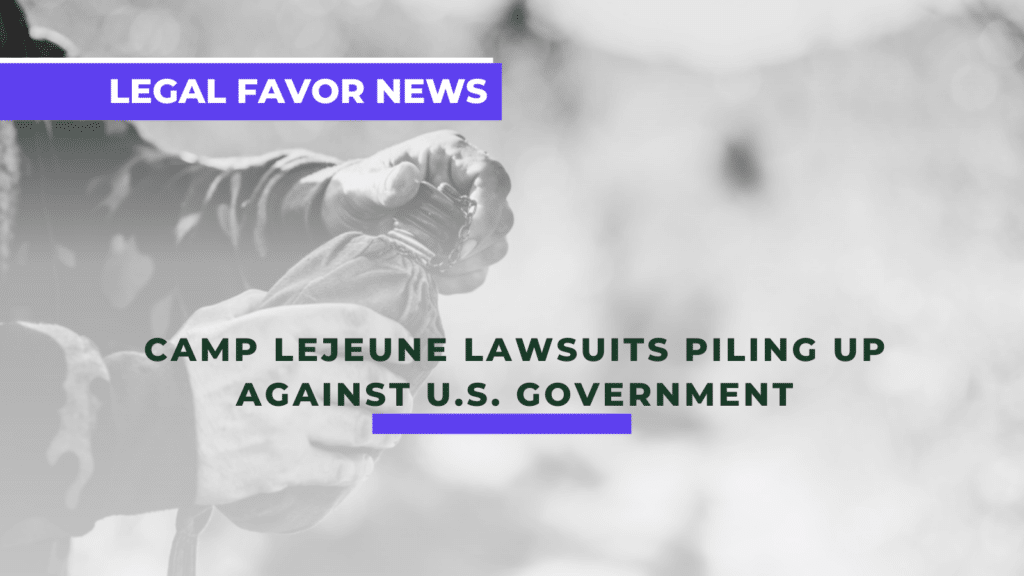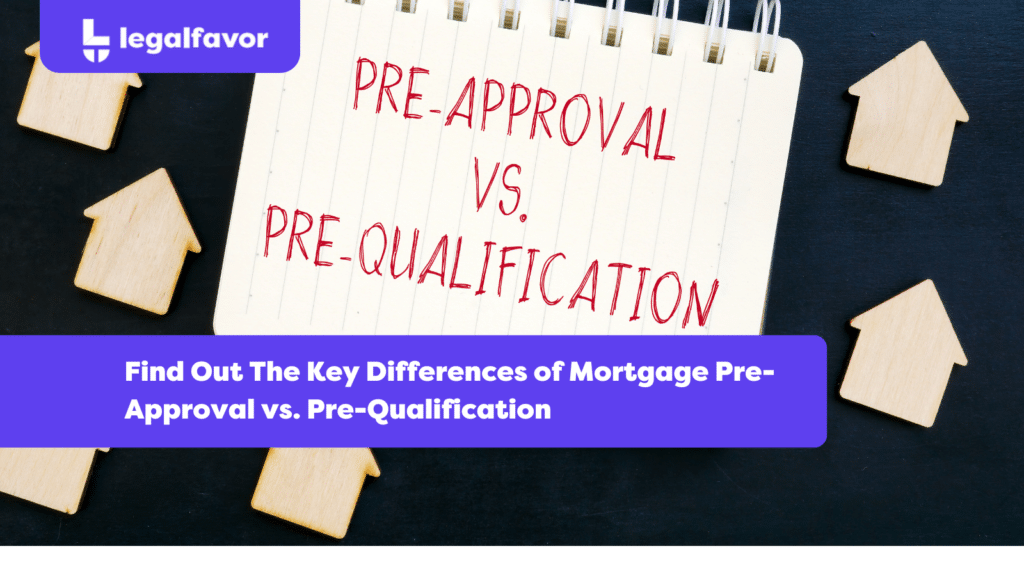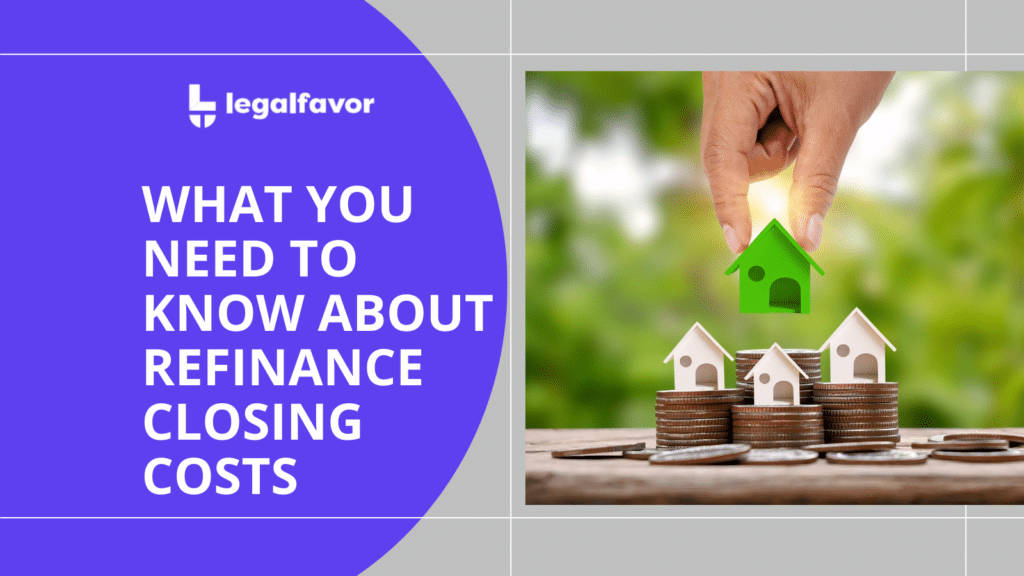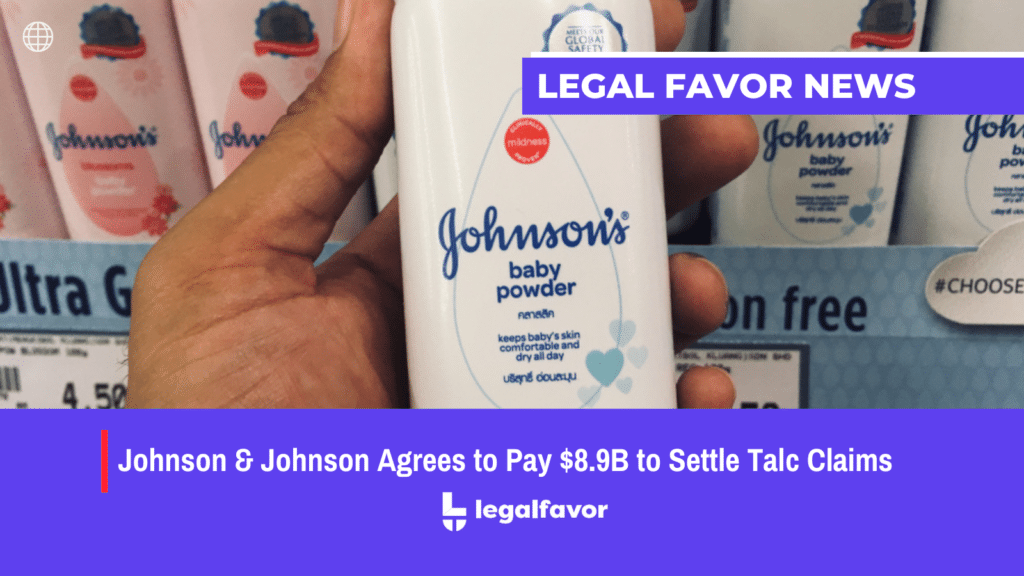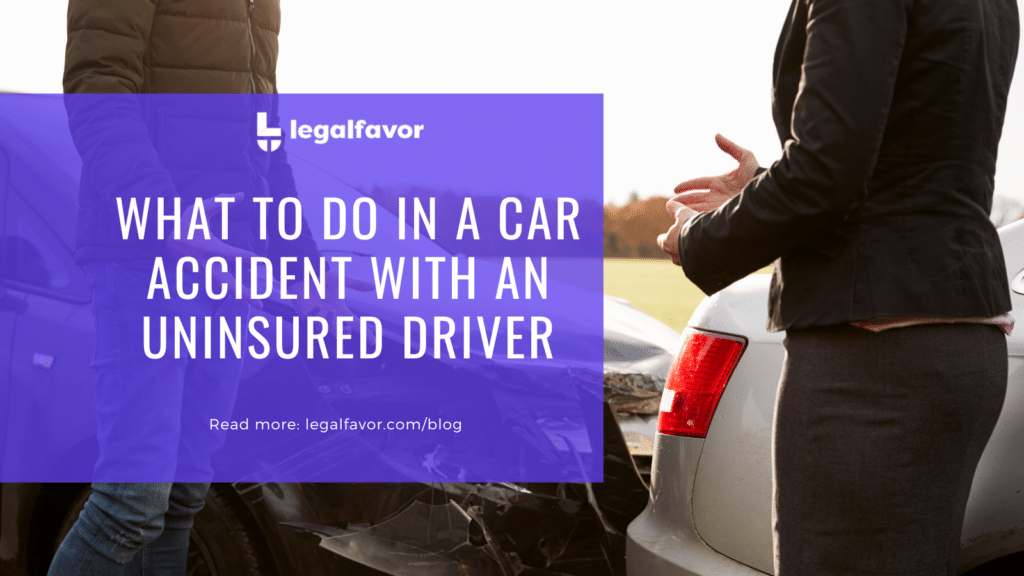Slip and fall claims are classified as negligence lawsuits under tort law. To successfully claim a slip and fall accident claim, a claimant must be able to show the general core elements of a negligence lawsuit: duty, breach, causation, and damages or harm. Thus, to successfully defend a slip and fall accident claim, a defendant must be able to attack one of the elements listed above. Some of the most common defenses to slip and fall accident claims are as follows.
Open and Obvious Danger
An element of a successful slip and fall case is whether the property owner has a duty to the person that is hurt on the premise and whether that duty was breached. Typically, a property owner must either fix the hazard or at the very least warn their licensees and invitees of the dangers in the premise.
However, a property owner may not be held responsible for the damages and harm that occurs to their property if such danger is open and obvious to everybody on the premise. But this defense may be limited if knowing about the hazard is not enough for a reasonable person to protect themselves from the dangerous condition.
Lack of Notice
Another element to a slip and fall accident claim is notice. Specifically, a claimant must show that a property owner must know or should have known of the dangerous condition on their premises to owe a duty to the injured person. An effective defense to this element is that the property owner does not know or have reasonable notice of such danger on their premise.
Of course, reasonably, failing to inspect their premise for dangerous conditions renders this defense moot since a reasonable property owner would have discovered the hazards on their property by conducting a reasonable inspection on the property.
The following types of notices are as follows:
Actual Notice
For actual notice to apply, the property owner must know about the danger that exists on their property.
Constructive Notice
This means that the property owner would or should have a reason to know that such danger exists on their property.
Assumption of Risk
The assumption of risk is a legal defense to a slip and fall case where a property owner is protected from liability for the injuries incurred on their premise if the claimant knew and assumed the risk of being on the property. This applies especially if the property owner gives the claimant reasonable notice or warning.
Trespass
Generally, property owners are not liable for the injuries incurred by trespassers on their premises. However, there are certain circumstances where a property owner may be responsible for the harm incurred by trespassers on their premises. An example of a specific situation where a property owner may be liable to a trespasser is if they knew that their property would attract trespassers or trespassers on their property. Under these particular situations, trespassers may have a cause of action against the property owner. Otherwise, property owners have a defense against slip and fall claims filed by trespassers.
Statute of Limitation
Another defense available to a property owner is whether a statute of limitation has been reached as it applies to a slip and fall claim.
The statute of limitation is the rule that sets the maximum time when a party to a lawsuit can file a claim against another party. Generally, a slip and fall case claimant cannot file a claim against the property owner if the statute of limitation has been reached.
However, statutes of limitations are subject to the rules of each state. Thus, it is advisable to seek the guidance of a personal injury lawyer to assess how the statute of limitation applies to the slip and fall claim.
Comparative or Contributory Negligence Rules
Another defense that is dependent on the state that has jurisdiction over the slip and fall case is comparative or contributory negligence. Each state has its own rule on whether they apply comparative or contributory negligence to their personal injury cases.
Depending on the type of comparative negligence or whether contributory negligence applies, a claimant’s actions that led to their injuries may limit or lessen their claim against the property owner.
Therefore, it is best to seek counsel from a personal injury lawyer licensed in the state with jurisdiction over the case to determine whether comparative or contributory negligence applies and how a claimant’s actions can alleviate the property owner’s liability. These are generally the typical defenses to a slip and fall case. However, each state may have its limitation or application of these defenses. Please refer to a personal injury lawyer licensed in their state to help them assess whether any of these defenses apply to a specific case.
